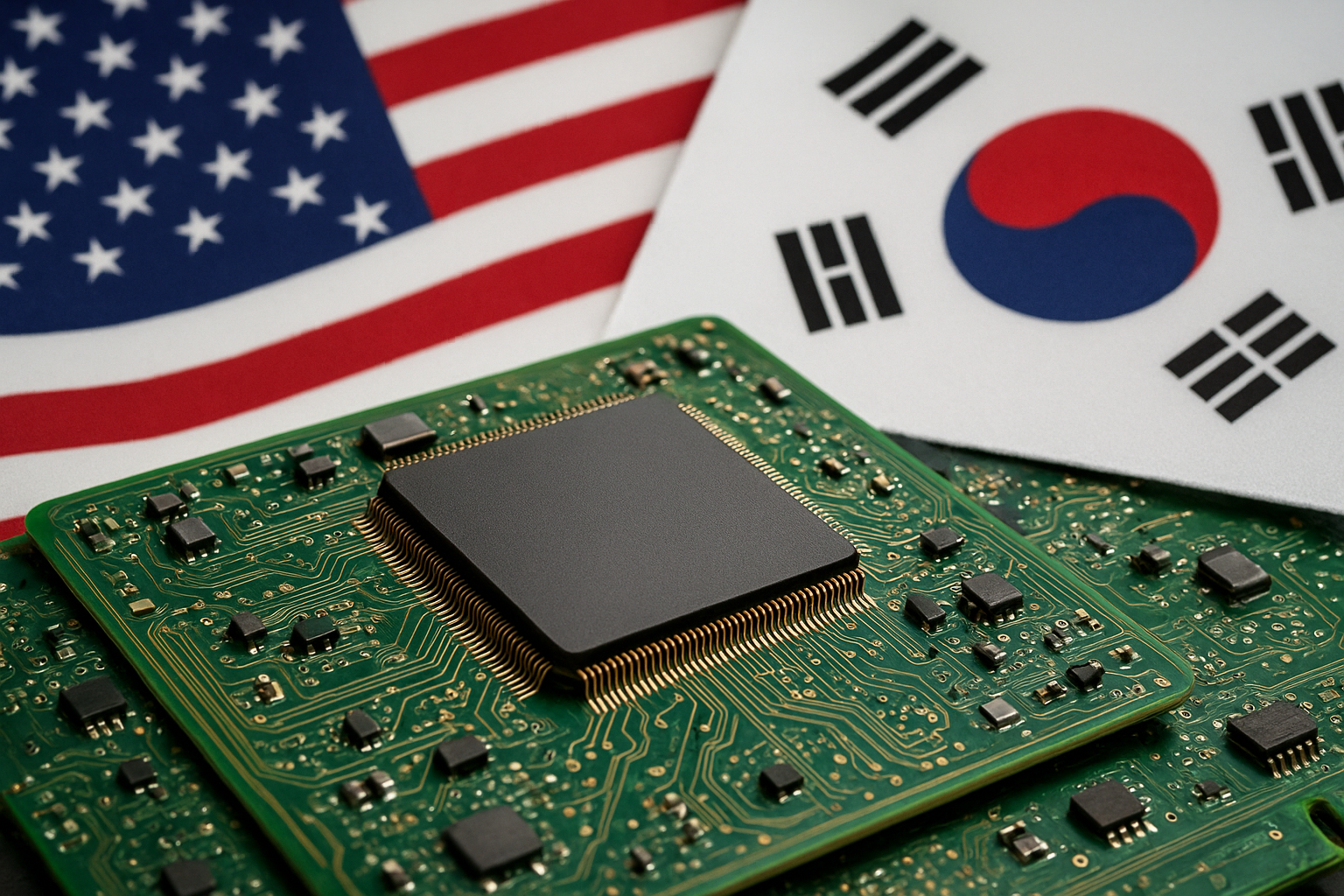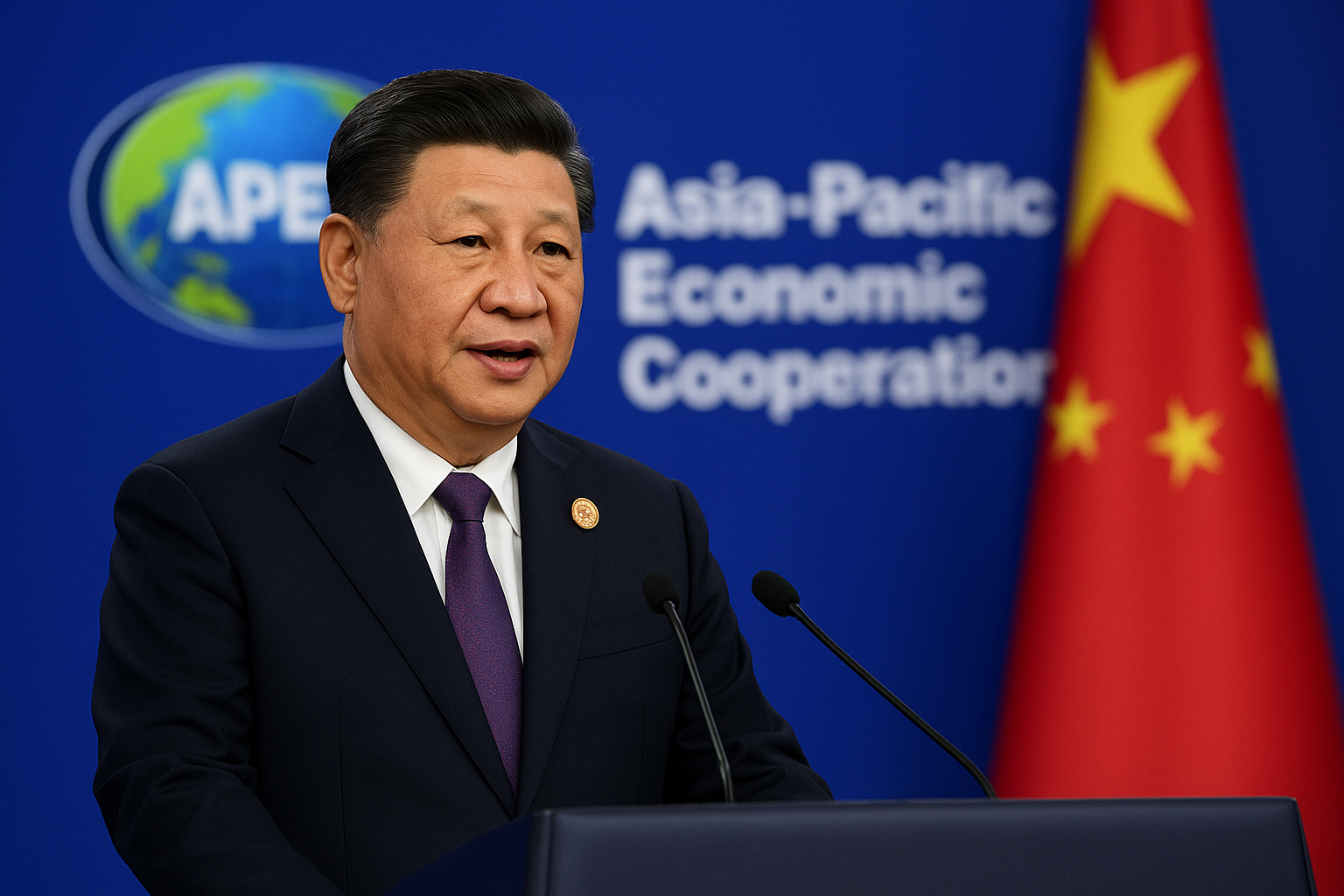Private-market enthusiasm for artificial intelligence is reaching new highs, and one name dominates the leaderboard: OpenAI. According to new data from Forge Global, the developer behind ChatGPT was the most actively traded company on the secondary private markets in Q2 2025, highlighting continued investor appetite for AI despite broader macroeconomic caution.
Alongside OpenAI, startups like Hugging Face, Anthropic, and Mistral are also capturing considerable institutional and venture capital interest, reflecting a sharp uptick in demand for generative AI capabilities—from open-source models to enterprise-specific LLM applications.
With IPO pipelines heating up and secondary valuations climbing, investors are increasingly positioning around the next wave of AI infrastructure and product plays.
Generative AI Hype Is Fueling Secondary Market Activity
Forge Global’s latest Private Market Update revealed that OpenAI retained its position as the most-traded private company by accredited investors in Q2. Its valuation in secondary markets is hovering near $86 billion, reflecting intense confidence in its commercial roadmap—from GPT-5 development to partnerships with Microsoft and key enterprise deployments.
Other generative AI players—Hugging Face, valued at over $4 billion, and Anthropic, backed by Google and Amazon—are also drawing significant interest. Analysts attribute the momentum to strong use-case validation, including:
- Generative AI deployment in productivity software (via Microsoft 365 Copilot, Google Gemini)
- Open-source LLM adoption in customer support, finance, and legal workflows
- Accelerated enterprise integration across healthcare, defense, and retail
According to CB Insights, AI startups raised over $24 billion in Q1–Q2 2025, with generative AI accounting for more than half of total funding volume—a clear indication that the hype is being backed by capital.
Why This Matters for Investors
The re-rating of AI in both private and public markets is not simply speculative—it’s structural. Enterprise adoption rates are rising, infrastructure providers are scaling, and large tech players are embedding AI into their core platforms.
This environment sets the stage for liquidity events: whether that’s IPOs, acquisitions, or strategic funding rounds. OpenAI, while still private, could see secondary liquidity expansion or eventual public market entry—following in the footsteps of ARM, Reddit, and Instacart in recent quarters.
Venture capital is also seeing a pivot. Sequoia, Andreessen Horowitz, and Tiger Global have collectively increased exposure to foundational model builders and AI tooling firms, seeing them as “infrastructure rails” of the next computing era.
Moreover, sovereign wealth funds and crossover hedge funds are making pre-IPO bets, indicating that institutional capital views generative AI as a core allocation theme over the next 5–10 years.
Future Trends to Watch
1. IPO Windows Reopening in Late 2025
As capital markets stabilize and inflationary pressures ease, several AI companies could test public waters. Anthropic and Cohere have reportedly explored 2025–2026 listings, per Bloomberg. Investors should monitor registration filings and investment bank coverage as key IPO signals.
2. Model Competition: Open vs. Closed
The rise of open-source models like Meta’s LLaMA and Hugging Face’s collaborative tools introduces a new competitive layer. This could shape valuation multiples, especially as enterprises weigh vendor lock-in vs. customization flexibility.
3. Cloud Wars + AI Integration
Hyperscalers like Microsoft, Amazon, and Google are ramping AI integration. With over $200 billion earmarked for global AI and cloud infrastructure by 2026 (IDC), this represents a durable capex trend that favors chipmakers (Nvidia, AMD), cloud vendors, and AI-native platforms.
Key Investment Insight
The dominance of OpenAI in secondary markets underscores how investors are treating generative AI leaders like late-stage unicorns with public-market risk-return profiles. Those unable to access private deals may consider public proxies in AI, such as:
- Semiconductors: Nvidia, Broadcom, Marvell
- Cloud/Azure-aligned: Microsoft, Oracle
- AI SaaS: Palantir, Adobe, Salesforce
Meanwhile, keep a close eye on Q3 funding rounds, partnerships, or S-1 filings from second-tier AI startups—it could offer an early read on broader sector sentiment.
For investors seeking to navigate the fast-moving AI landscape, tracking secondary market trends, VC allocations, and enterprise adoption signals will be critical. As generative AI matures from experimentation to utility, the investment implications stretch far beyond Silicon Valley.
Stay with MoneyNews.Today for daily investor-grade coverage of AI, technology, and macro forces shaping the markets in real time.





